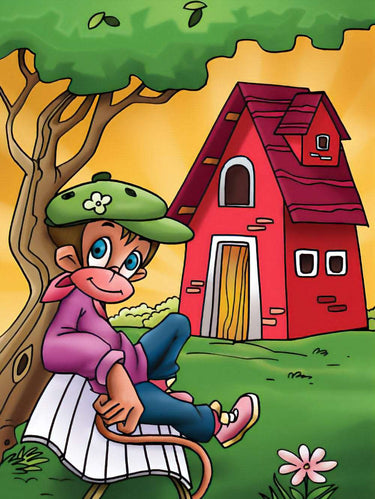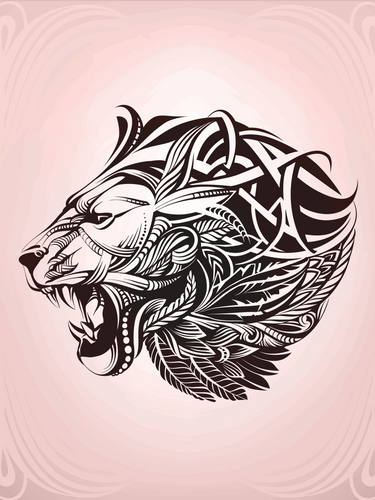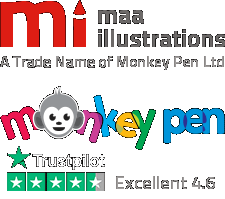Emerging Vector Illustration Styles and Trends
The present technological era, where everything is digitalized and illustrated like movies, ad campaigns, websites, mobile apps, etc. and where people are more attracted towards illustrations and distinct styles of presentation instead of traditional/real pictures…is encouraging the designers to come up with more diverse and creative ways of communication and presentation. This article will provide you an overview of what types of styles and techniques are being adopted and liked by the audiences in 2016.
Overhead Perspectives
The overhead perspective, known in simple words as “top view” is trendy in illustrations nowadays. It allows the designers to let the viewers see an entity from an angle they usually can’t view as shown in the image below. This look works for all kind of objects ranging from broader, wide angles to close ups
.
Merging Mediums
The Merging Medium brings together the concepts of photography, colliding illustration, and collaboration. This kind of technique involves the designer's blending illustration with other kinds of visual art like pictures taken from a camera, painting, etc. to bring forward a new, attractive and bright piece of art. The creators just have to be careful while selecting which visual metaphor needs to be highlighted but you are never bound to do as many experiments as you can!

Isometric Perspectives
Isometric Perspective is another mostly adopted technique of vector illustrations nowadays. This technique allows the creators to create a pictographic representation of an object in a way that its three dimensions are drawn in their true proportions. A picture can be viewed from all the three axes similarly as the entire axis drawn of an object are equal.
This kind of style could be widely seen today as it has allowed the movie creators, painters, photographers and advertisers to present their offerings in a brighter, colorful and realistic ways where people could enjoy the 3D perspective a majority of the visualized objects.

Besides the above-mentioned styles, there are numerous other revolutionary techniques being adopted and created today; yet these three are the most prominently viewed and experienced.






